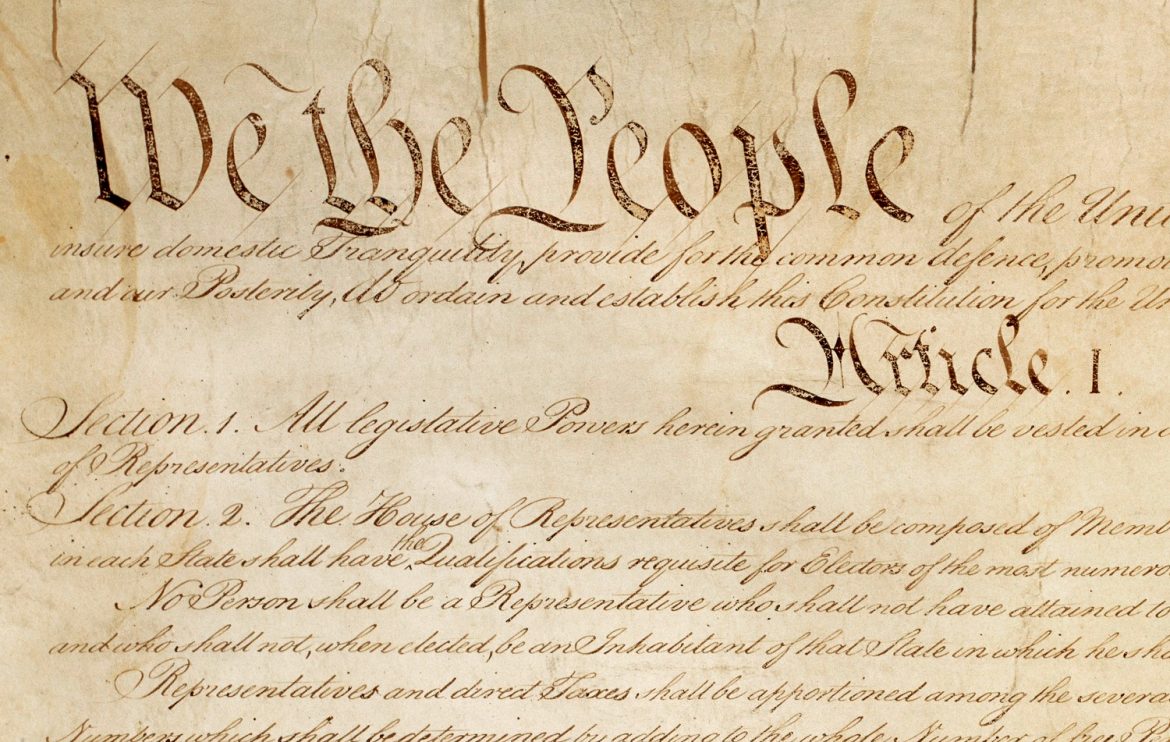
“Timing is everything, and this was bad timing on part of the Nova Scotian emissaries,” says historian Barnet Schecter, author of George Washington's America: A Biography Through His Maps.Īlthough he dutifully passed the emissaries along to Congress, Washington declined to aid his visitors’ cause. But Washington was pre-occupied with where the British fleet, still anchored in Boston Harbor, would head next.

As recounted by historian Ernest Clarke in his book The Siege of Fort Cumberland 1776, the delegation-Jonathan Eddy, Isaiah Boudreau and Samuel Rogers-met several times with the general in a building at Harvard College. In March 1776, a delegation of Nova Scotians eager to lead a rebellion in their colony arrived at Washington’s headquarters in Cambridge just as the British were evacuating Boston. More encouraging was a meeting in February 1776 with representatives of the native peoples of Nova Scotia, who expressed solidarity with the American cause.Īnd yet the revolutionary spirit in Nova Scotia was stamped out early. The agents proved remarkably inept, claiming that they weren’t even able to find a ship to get them across the Bay of Fundy into the colony. In 1775, Washington sent two spies to Nova Scotia to assess whether the colony was indeed ripe for rebellion. There were also acts of civil insurrection: A large consignment of hay, bound for Boston where it would be used as forage for the British army occupying the city, was burned in Halifax before it could be loaded onto transport ships. Echoing their independence-minded cousins to the south, the same Committees of Correspondence and Safety that united the 13 colonies began popping up in Nova Scotia. Horatio Gates, the American hero of Saratoga (and nemesis of Washington) was stationed there as a young British officer.Īs things heated up in Massachusetts in the early 1770s, Nova Scotians responded in kind. General Charles Cornwallis, who would later surrender to Washington at Yorktown, was the nephew of Nova Scotia’s Royal Governor. Benjamin Franklin owned land in Nova Scotia. The city and the province attracted the interest and presence of some now-familiar names on both sides of the impending Revolution. The colonial capital of Halifax was a military garrison town founded in 1749 as a counterweight to the then-French fortress of Louisbourg a few hundred miles up the coast. In the years after the war, the British government expelled French Acadian inhabitants and, eager to re-populate the land with English-speaking colonists, offered their land for cheap to nearby New Englanders. But of the crown’s four northern colonies, none had such close ties to those in rebellion as Nova Scotia. That, too, was a colony at the start of the American Revolution-as were far-off Newfoundland and tiny Saint John’s Island (today known as Prince Edward’s Island). But when the British took the land as part of the spoils of the French and Indian War of the 1750s and 60s, they renamed it Quebec. “There is British North America.”Īctually, there once was a part of France’s North American colonies called Canada. “There is no Canada at this point,” explains historian Margaret Conrad, professor emeritus at the University of New Brunswick. Nobody then saw the northern territories as something separate certainly not a separate entity called Canada. It certainly didn’t look that way in 1776. To Americans today, the idea that there were 13 colonies-and 13 only-seems sacrosanct. It had close ties with the rebellious colonies, after all: An estimated three-quarters of Nova Scotia’s population of 20,000 at the time of the Revolution were New Englanders. Scholars today believe that the unsigned letter was likely written by John Allan, an influential merchant and politician in Nova Scotia-today, one of Canada’s Maritime Provinces, but then a crown colony.įor 200 years, historians have been debating the question of why Nova Scotia never became the 14th colony to join the American Revolution.

“We would greatly rejoice could we be able to join with the other Colonies, but we must have other assistance before we can act publicly.”

The writer went on to express solidarity with America’s “great struggle” against the crown and strongly hinted that rebellion could be fomented in his neck of the woods-with support from the general. “You may reasonably imagine that it is presumptuous in me to take such liberty in writing to your Excellency still, its going from one whose principles are actuated from the genuine feelings of liberty, and an indelible anxiety for the happiness of his country.” Early in 1776, while in the midst of overseeing his army's siege of British-held Boston, General George Washington received at his headquarters in Cambridge, Massachusetts, an anonymous letter from a citizen on the fringes of the British colonial empire.


 0 kommentar(er)
0 kommentar(er)
